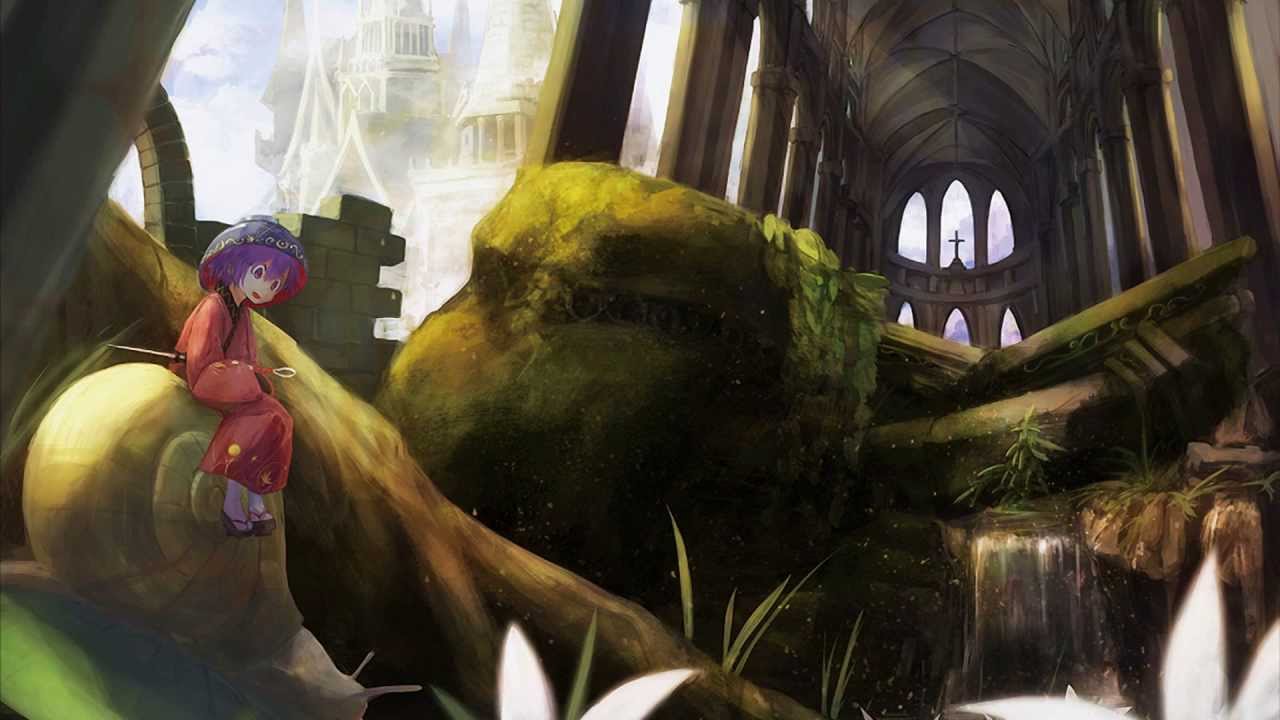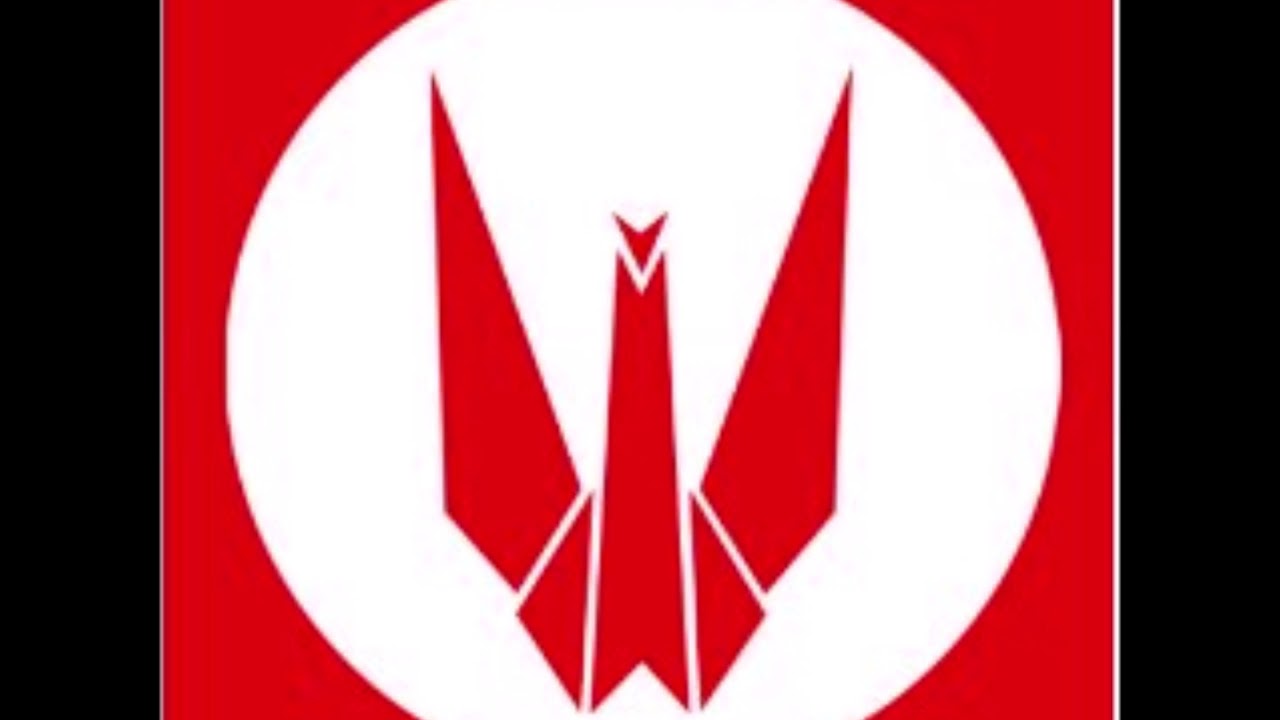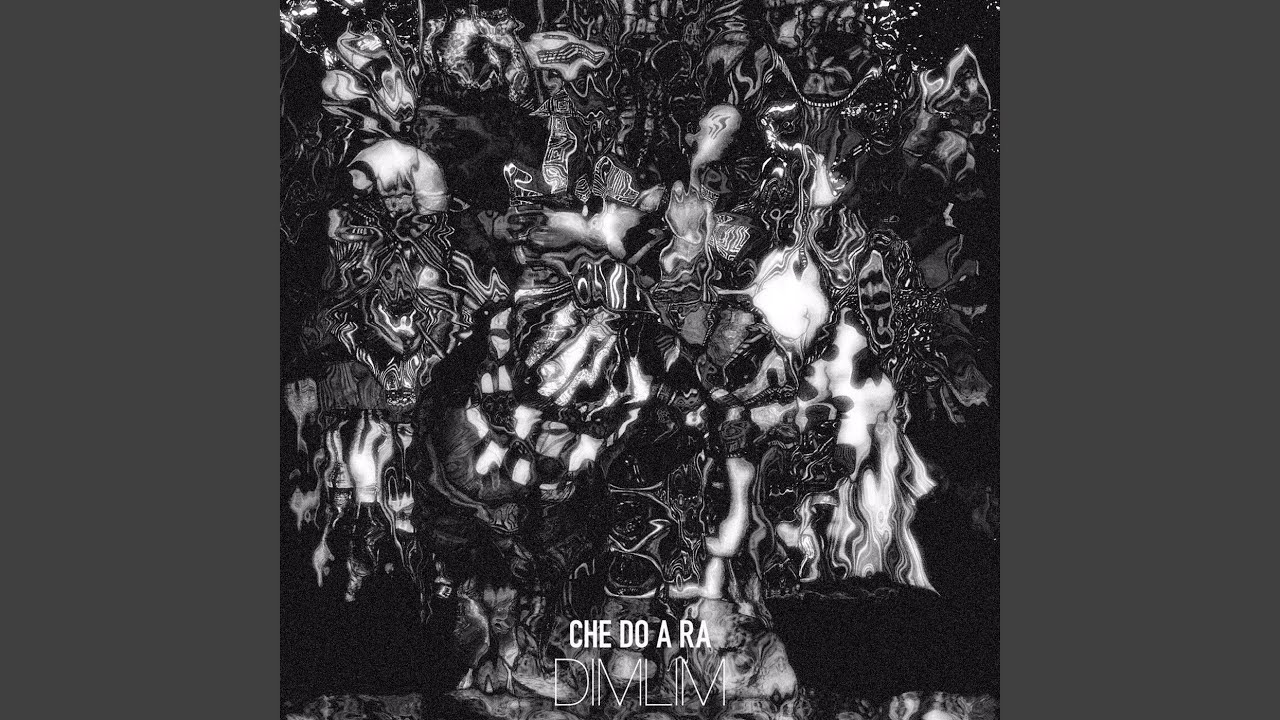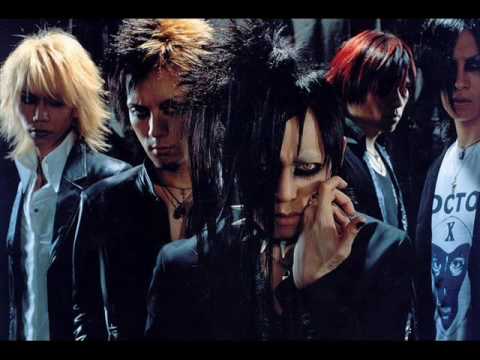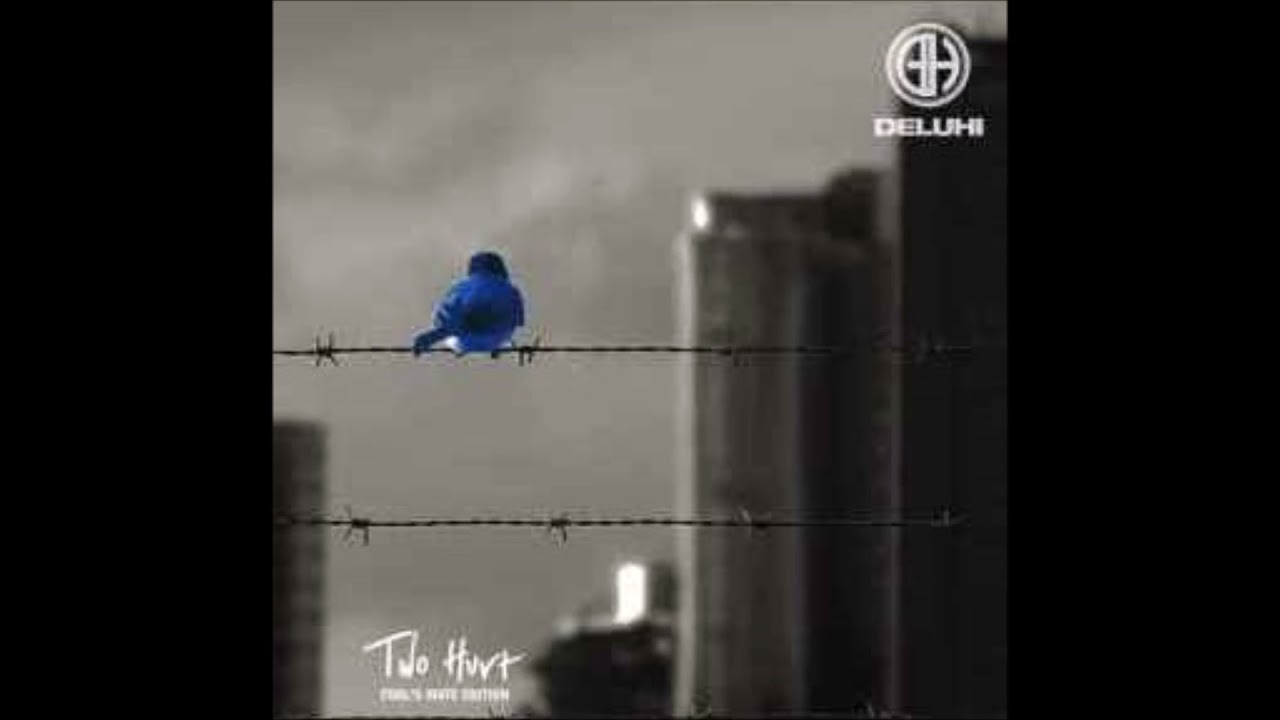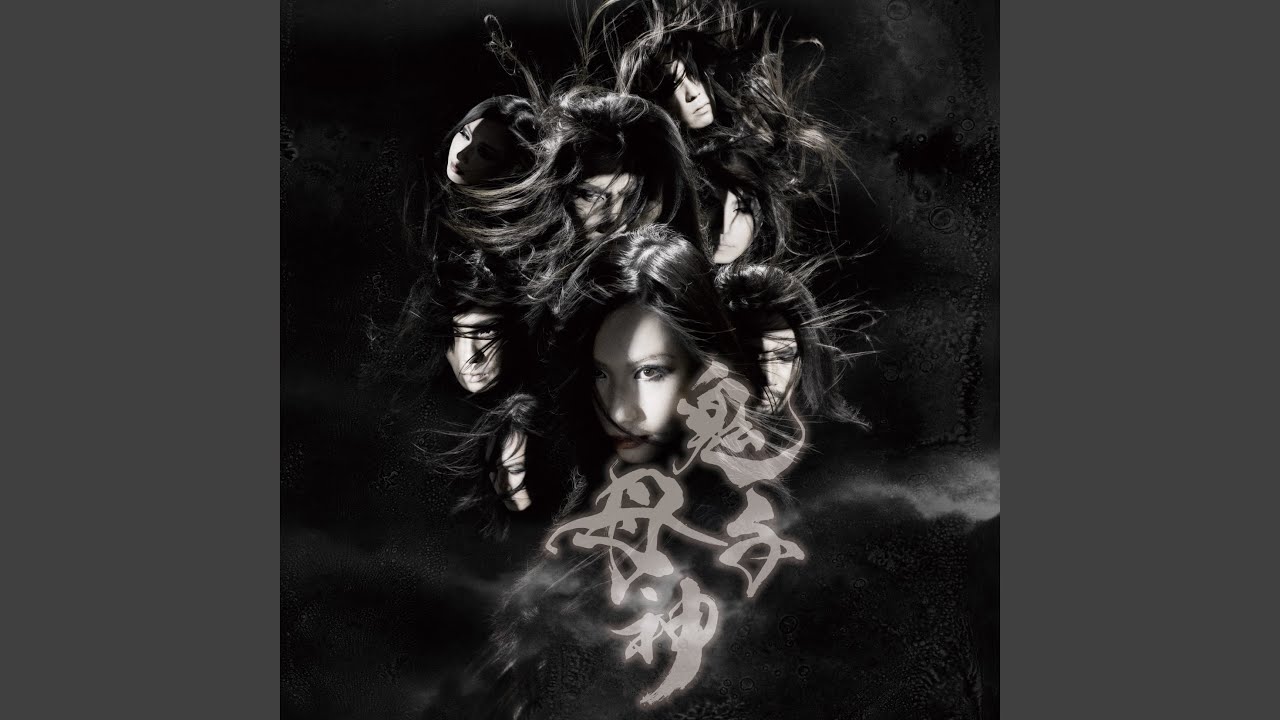
Everything that I’ll be discussing for this post is in relation to this video. Please watch it in full if you haven’t.
I’ll start by being polite and saying hello to Finn, if this ever reaches you somehow. I am @Zeus, an absolute nobody on the internet who uses words good sometimes. I’ve been listening to metal almost all my life, and Japanese metal in particular since like 1999. I’ve been around a while. I haven’t heard everything but I’ve heard a lot. I only want to speak for myself, and anyone here that agrees with me will probably like the post. Also, I cannot keep anything short, so I apologize in advance for how long this is. But here goes.
I think who(m)ever introduced you to Japanese metal did you a complete and total disservice. But let’s start talking about things in chronological order so I don’t get confused.
I guess I’ll start with how someone on Twitter broke down Japanese music. They said it’s one of two things:
- A band that is playing a very high quality but mid version of whatever mainstream bands are doing at that time.
- Something completely off the wall batshit crazy.
I’m not even gonna argue with this. This is 100% facts but I feel it is still an incomplete picture. In fact, you even bring up the point that there are a lot of people out there who listen to Japanese metal because it’s Japanese, not because it’s metal. I also endorse this opinion. This was actually something I was going to type up into another hot take of my own, but I’ll summarize it here; I think that a vast majority of the visual-kei fan base - past and present - have some sort of sick para-social relationship with their favorite musicians. Once their obsession with the musician passes, the interest in the music fades and they move on to another genre where they can repeat the process. I saw it in 1999. I saw it in 2007. I saw it during the exodus from visual-kei to K-Pop. I see it in K-Pop too! I can probably find it on Twitter now without too much effort. It’s a thing, it’s gross, and it gives off a completely bad impression to a lot of people. I totally understand why it does. You mention this later on, so I wanna put that out there now.
The thing about the people that run in this circle specifically is that we are a bit more self-selecting. A lot of us are veterans in the scene and we’ve gotten over the phase of liking Japanese things purely for being Japanese. A lot of us here have surprisingly varied taste in music outside of Japan. I’ll be honest - I fell into Japanese music because of anime and because, at that time, I was desperately trying to avoid the treadmill of hip hop and rap that was taking young men like me and convincing them to make dumb decisions that would ruin their lives. You can read more about it here if I convince you by the end to come back and read more. But let’s not get off-topic.
The one thing I disagree with is the assertion around 3:13 where there isn’t anything inherently special and interesting about Japanese “things”. Since we’re talking about metal, I’ll limit it mostly to metal. I think there are inherently special and interesting things about Japanese metal that you won’t find outside of Japan too often, but these things are subtle and often require some explanation.
To keep it short, here is my explanation in a spoiler.
Musical theory is often approached from a European Renassiance context, with things like major pentatonic, minor pentatonic, Doremi etc. Musical theory is an attempt to explain everything possible within the world of music, but what any one artist chooses to focus on is a subset of that. Whatever an artist chooses to focus on is a mix of many things, including cultural influences.
Let’s take the D ichikosucho scale as an example. You’re probably like “what the fuck is that?”. It is a scale that is played: D - E - F# - G - G# - A - B - C# - (D). It’s D Major scale with an extra note - G#. This extra note creates dissonance that can create beautiful melodies if you play around with it. But it’s not quite D Lydian or D Mixolydian - D Lydian is D - E - F# - G# - A - B - C# - (D) and D Mixolydian is D - E - F# - G - A - B - C - (D). As you can see, it’s really a mix of both. And while it can be explained using European music theory terminology, this scale didn’t catch on over there. Instead, it found it’s roots in Chinese music, which made it’s way to Japan and then evolved into gagaku music. You can find a variation of this scale used in bluegrass and country music, but it’s predominantly used in Japan.
I found out about this scale by working backwards while trying to tab out this song. This one uses almost all of the notes in D ichikosucho.
https://www.youtube.com/watch?v=xL4d1RG3uWQ
I hope you actually listen to some of this song, because I like it.
And this is far from the only scale used in Japanese music. A variation on ichikosucho is taishikicho. That one is D - E - F# - G - G# - A - B - B# - (D). I don’t have an off-hand example for that one but it exists. A third one is the koakuma progression, also known as the royal road progression or the odou shinkou progression. You can read more about it here, but it’s used to an absurd amount in contemporary Japanese pop music.
Royal road progression - Wikipedia
So basically to say that there’s nothing inherently special about Japanese metal because it’s Japanese is ignoring the centuries of culture and independent musical expression that still dominates their music today. They may take some things from us, but there are certain elements, expressions, tropes, and progressions that they use that really catch the ear of some people. And maybe they don’t have the musical theory background or the words to explain why, but that doesn’t invalidate their taste.
This also doesn’t function as a hall pass for those who are clearly in it for cute boys and not the music. Now back to the show.
Let’s skip to the part where you break down some common Japanese artists.
-
BABYMETAL - LMFAO! Do I have BABYMETAL in my music collection? Some of it, sure. Do I listen to it every day? Nope. My last.fm says I haven’t registered a single listen of BABYMETAL since May 30, 2015, and only 48 listens in total - most of which I assume is “Megitsune” because that’s the only song I like. I can’t take this band seriously.
-
MIYAVI - Hit the nail on the head perfectly. Amazing musician but his latest music is just not my cup of tea. When he started introducing rap, I backed off. I feel like if you step back into his indie days, you have to balance on a thin rope. Go too far back and his vocals are really rough. Go too far forward and the instrumentals lose charm. If I can give you another recommendation to sample, can you try this one from him? It’s my favorite song of his.
I’m also attempting to subtly sprinkle my music taste throughout this post to gain some kind of credibility here. He doesn’t rap here. I promise.
-
Crossfaith - “It sounds like American metal” 100% agreed - and to some the appeal of mixing American metal with Japanese lyrics and English with Japanese pronunciation is there. But it’s not for me either. I also think it’s very mid.
-
Crystal Lake - I also, 100% endorse your opinion on Crystal Lake. It is basically Architects!

-
Ryoko Hirosue - I have never heard of her! But this is just not for me! LOLOLOLOL! It sounds like an opening credits to a TV show for children! I do not like this or the Western counterpart!
-
Fear, and Loathing in Las Vegas - No. They are absolute gutter trash IMO.
-
Malice Mizer - Absolutely legendary band in the visual kei scene. I love what they’ve done for the scene and how they pushed the boundaries - they were unusual for even their time - but I honestly do not listen to them more than once in a blue moon. It’s a respect thing from me more than an “oh my god, this is such amazing music!”. In general, I have to be in a specific mood for 90’s visual kei. Also, your description of the band had me rolling.
And you know what’s funny? You pose the proverbial question “would you like visual kei if it were white guys playing the music?” and I’m gonna punt back and say you don’t need to pose hypothetical questions, because YOHIO proved that some people will latch on to it, and a lot of people will ridicule it for it’s flaws meanwhile listening to Japanese music that sounds literally the exact same. So you are right there too.
-
Maximum the Hormone - Look my guy, the nail is already in the wood. You can stop hammering now LMFAO! I got into them because of Death Note too, but I only really like Zetsubou Billy and F - the ending to Death Note and a song dedicated to Frieza from DBZ. Everything else is fun metalcore, but I only listen to them once in a while.
-
PALEDUSK - Don’t listen to them. And this snippet you showed sounds like garbage.
-
BAND-MAID - I liked the song “Warning!” but I have never gravitated to them.
Are we on the same page? Can I introduce you to what I listen to?
You’re like “this guy right here just dropped anime shit on me tryna convince me?” Trust and believe, this is six minutes of instrumental power metal. It’s a cover of a theme from a game, which is why the anime artwork is there, but if there wasn’t an anime girl on the front you would not know this was Japanese right away. Consider this my attempt to disarm your expectations.
Another set of covers from a completely different set of video games (Shin Megami Tensei), but this guitarist worked all of the battle themes from various games into one six minute shred fest. I love how the rhythm guitar keeps everything together and how unusually bright the guitar tone is.
I post this band every opportunity I get. Metal? No. Visual kei? Arguably. Great music? Most definitely. These guys never missed and the sad thing is, even though they were visual kei they weren’t playing a flavor of music that was popular at the time so they faded away. I will never stop talking about them.
The Kween. Shiina Ringo is great. Tokyo Jihen is great too. If you ever watched Adult Swim around the 00’s, you might recognize the introduction to this song. Think of the white and red bump before and after each commercial break. Also, her English is quite good.
Let’s step into visual kei metal for a bit. You can find a lot of bands that sound similar all over the world - and I would love to hear some - but these guys just hit a spot for me that a lot of heavy bands don’t get to. Also, don’t listen to what anyone else tells you. CHEDOARA is their only album. There is no such thing as MISC. or the DIMLIM collection album. There is no war in Ba Sing Se.
Dir en grey has been around for 25 years. No doubt you’ve probably heard of them. No doubt someone probably sent you some mallcore shit that turned you off. These guys can play a lot of different stuff, but they were always better when they slowed down and got emotional. 腐海 (Fukai) is one of my favorite deep cuts of theirs - it’s a song you’re not going to be recommended by just anyone. Is it “distinctly Japanese”? Hell no, these guys were trying to chase an American sound, but they weren’t quite there yet at this point and where they ended up along the way is just as interesting in it’s own right.
If you’ve noticed at this point, I give zero fucks about visuals. I either like the aesthetics or ignore them. And as much as Dir en grey is one of my favorite bands, their visuals were never the primary, secondary, or even tertiary reason why I liked them. I just liked them because they sounded so varied and different from track to track, album to album, that by the time the depth of their discography hit me I was impressed with their musicianship.
I’m throwing these guys in specifically because around 19:59 you were interested in whoever was composing BABYMETAL songs, and I’ve heard rumors that the guitarist Leda from this band has had a hand in some of their music. DELUHI sounds nothing like BABYMETAL. Think more power metal but with a vocalist this time. Also visual kei. Are they the most unique thing ever? No, but they set the bar for musicianship within visual kei at a much higher level than expected. Also, I am trying to separate visuals from the music here as much as possible.
Onmyouza have heavy visual aesthetics but they do not identify as visual kei. This is best described as Japanese Iron Maiden with a splash of Japanese influence. Oh, and the vocalist Kuroneko has an absolutely stunning voice - she melts me man. The bassist provides a nice contrast, but she’s the spotlight. Oh, and of course I like Iron Maiden too ![]()
Last one, because I want to show what is capable when you take what I described earlier and push it to the extreme. Enter Wagakki Band. Sometimes these guys can be gimmicky, but this song floors me. The first time I heard this, it felt like a Pouncing Tiger, Dropkick Dragon to the chest. I was not ready. Still love this song to bits, but I don’t listen to this band as much as I used to. Oh, and if any other non-Asian artist tried to cover this they’d get hit with the Problematic Stick courtesy of Twitter - you won’t get this anywhere except Japan.
Hopefully I’ve gained a bit of cred by this point. I was posting a lot of these examples because I wanted to get across three things:
- Japanese music doesn’t have to be weeby - and in fact the vast majority of Japanese music that is out there that is actually good just isn’t amplified.
- I’m the furthest from your typical Japanese music fan. You probably understand more of the language than I do!
- The reinterpretation of Western music mixed with the traditional influences of Japanese music in various degrees can create some interesting takes on already established genres.
Thanks for reading. I look forward to watching THE TRUTH ABOUT JAPANESE METAL 2… at some point in the future Finn.


